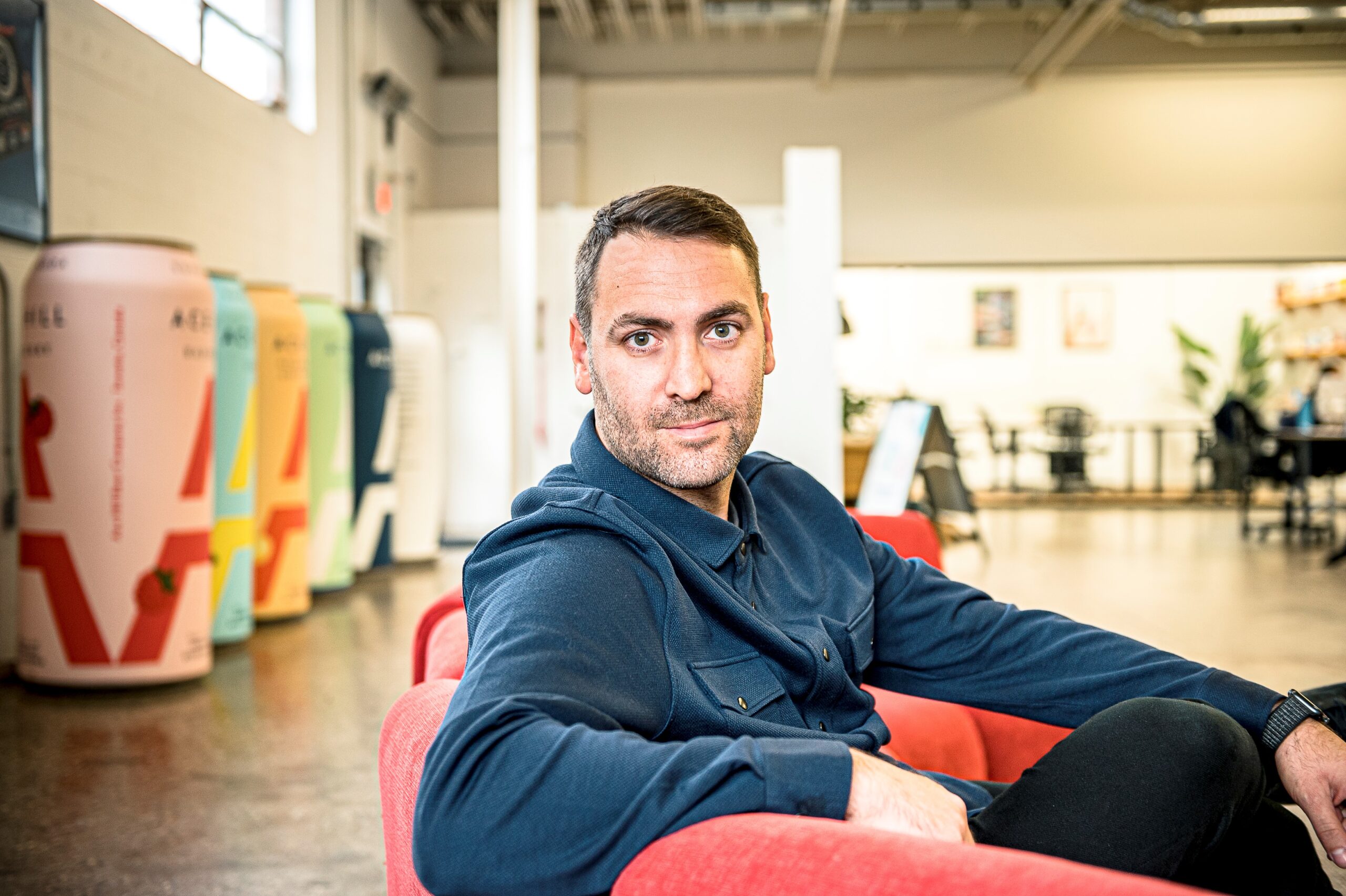Urbanization — the process of developing cities and building new ones — promises work opportunities, schools, and better access to resources than rural life. It’s estimated that most of the world’s population is expected to live in urban areas by 2050. While some leave their small towns or countryside in hopes of a better life in the city, other rural dwellers actually get bought out of their homes by developers so that new buildings and condos can be constructed. Consumer habits also affect urbanization. Today people care more about their environmental footprint and spend money on brands that align with their values. And as labour markets shift along with urban landscapes, workers and businesses need to adapt — or they’ll fail. The only cost of living is also getting higher, especially in metropolises like Toronto and New York, where costs seem to be rising faster than wages. This perpetual global push towards urbanization opens new markets, affects employment, and creates sustainability issues, among other factors that inevitably change the business landscape.
Despite rapid urban growth, it’s challenging for developing countries to create smart cities; poorer regions don’t have the means to maintain such expensive technologies.
Securing Food for a Growing Demographic
As people become more conscious of where their food comes from, many favour organic, local, and affordable produce, which urban farms grant access to. Usually, these initiatives are community-led or run by non-profit organizations servicing low- to middle-income neighbourhoods. But urban farming has expanded into new forms, as popular demand for healthier and more local food grows both at home and in restaurants.
Vertical farming is a revolutionary model that utilizes less water and less space than traditional farming, with zero need for pesticides. Recent research done by Markets and Markets reports that vertical farming will be valued at $5.80 billion (US) by 2022. Vertical crops can be grown three ways: hydroponics (farming without soil in fortified sand, gravel, or water), aquaponics (a hydroponic system that utilizes waste produced by farmed fish to supply nutrients to the water), and aeroponics (suspended plants fed by a nutrient-rich mist). But the latter has its drawbacks for large-scale urban farming, and even meat production may present its own challenges if there isn’t enough land to raise livestock.
For meat, options include plant-based protein or cultured meat. Plant-based protein has recently gone mainstream and is gaining popularity amongst vegetarians and meat-eaters alike. Brands like Beyond Meat aim to create meat alternatives that taste like the real thing. These products are made with ingredients that we massively produce, which itself poses a sustainability issue; if most people ditched meat for plant protein, we’d need larger crops or tall vertical farm structures.
Cultured meat is made by injecting animal tissue into a cell and letting it multiply. It isn’t yet on the market, but several companies are already working on consumer products made this way. It’s hard to pinpoint setbacks for an idea that’s yet to be marketed, but on the plus side, less livestock means less methane polluting the atmosphere.
The Promise of India for Existing Businesses
Vertical farming is already trending in India. Many brands from several industries are taking advantage of the rising Indian marketplace. The country has a population of 1.3 billion people, and urbanization is booming. India is forecast to be the top emerging market of 2019, according to Investing Haven.
Foreign tech companies like Flipkart, Cisco, and Amazon have entered the Indian market successfully, and smaller tech startups are following suit. Local tech startups alone raised $11 billion in funding in 2018, according to Inc42. Before entering a market like India, product and market analyses are highly important steps to take. Consider the number of potential customers, as India is comprised of several cultures, languages, and religions. Affordability is something else to consider. The World Economic Forum reports 33% of households in India are low- to middle-income earners; however, 44% of households are expected to become upper-middle class by 2030.
Job Creation and Extinction
Urbanization doesn’t guarantee an abundant labour market. In fact, most urbanization is taking place in developing countries, where urban expansion doesn’t equal more jobs or stable income. But in developed countries, cities are becoming more technologically advanced, morphing into “smart cities”.
Automation and digitization replace workers, change job roles, and call for newly skilled specialists. We’re seeing factory jobs decline due to more efficient machines. Just as social media bred the need for professional experts, artificial intelligence, augmented reality, and 3D printing all require specialized talent.
Tech careers are in demand and promise stable, often lucrative incomes. The average salary for a computer engineer is over $79,000 per year. For a computer vision engineer, currently the hardest tech job to fill in Canada according to Indeed, it is about $92,000 per year. Many professionals are making the switch into tech. With online programs like MOOCs (massive open online courses), learning can be done quicker than acquiring a traditional degree. Additionally, coding boot camps allow anyone to learn and build a portfolio.
Self-employment is a viable option for those who want to create their own opportunities. Entrepreneurship is now a mainstream dream sold in the media, and the so-called gig economy is becoming the new norm. Contractual work provides low overhead costs to employers and flexible schedules to freelancers. It might seem daunting, but niche markets exist even in a saturated industry, as do people providing unique goods or services.
Companies may also train existing employees on new skills as their jobs evolve, so that they remain employed despite technological disruption.
Elite Smart City Technology
However, scalable models are uncommon; recent survey data by Cisco, presented at The Internet of Things World Forum in 2017, revealed that 60% of projects fail to go past the pilot stage and a third of completed initiatives were unsuccessful.
Despite rapid urban growth, it’s challenging for developing countries to create smart cities; poorer regions don’t have the means to maintain such expensive technologies. An article on the World Economic Forum states that smart city technology doesn’t address the rudimentary needs of the poor, like sanitation and housing security. Early innovators in smart city development, like Cisco and IBM, focused on the West before expanding elsewhere – granted, in countries that already had the wealth, capacity, and professional talent to develop these technologies. Still, elaborate cities like Songdo (South Korea) and Eko Atlantic (Nigeria) have considerable flaws.
Despite numerous trials and errors, urbanization is transforming how business is done across the globe, driving us toward utopian visions of an increasingly connected world.
Joséphine Mwanvua | Contributing Writer




















